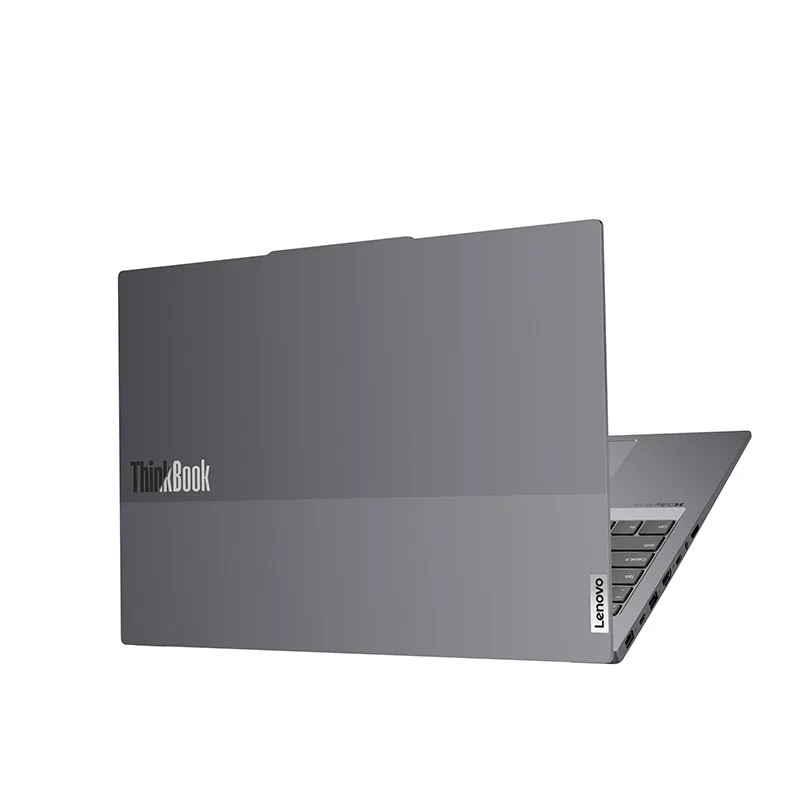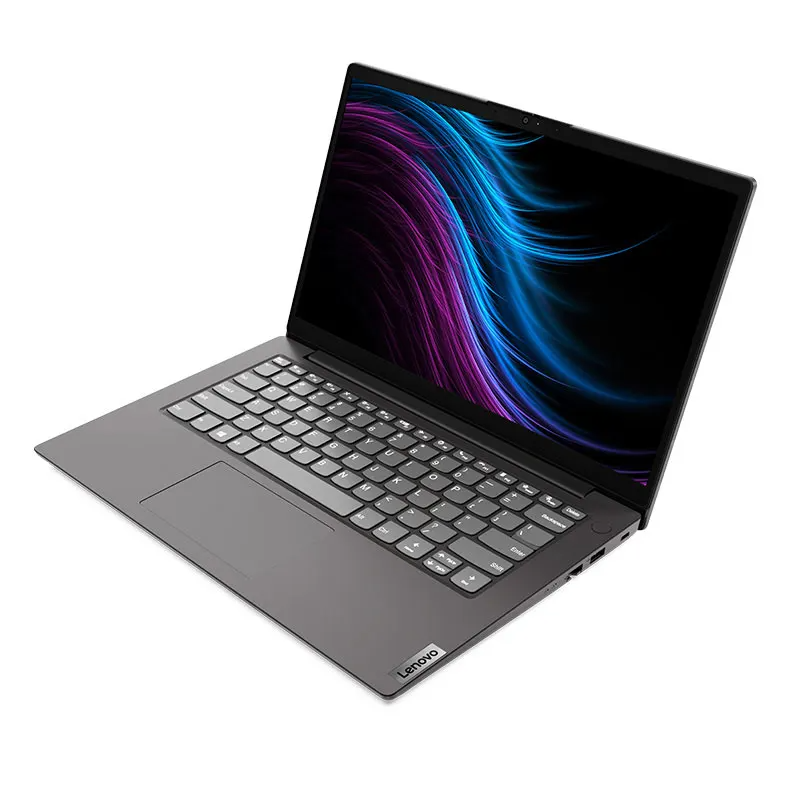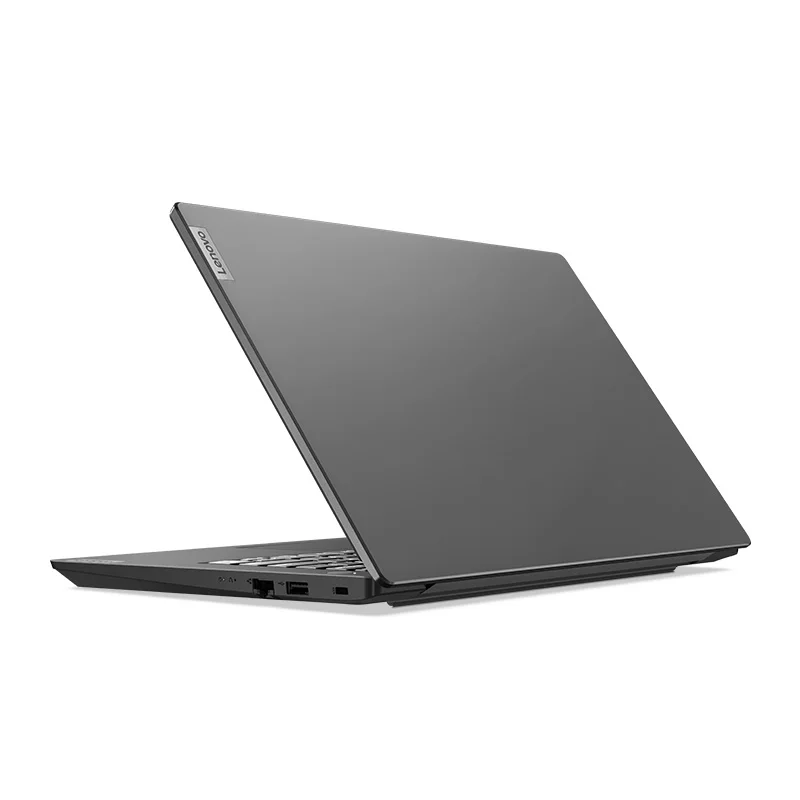Lenovo, a prominent name in the technology industry, is renowned for its reliable and innovatively designed laptops. From the ThinkPad series to the Yoga line, Lenovo’s offerings cater to a variety of consumers, including business professionals, students, and casual users. However, many consumers often wonder where are lenovo laptops made and what processes are involved in bringing them from production facilities to their desks. This comprehensive guide delves into where Lenovo laptops are made and the intricate journey behind their production.
The Origins of Lenovo
Understanding the history of Lenovo provides a solid foundation for exploring its manufacturing practices. Lenovo was established in 1984 in Beijing, China, under the name Legend. The company started as a distributor of foreign computers before transitioning into manufacturing its own products. In 2004, Legend rebranded as Lenovo. The acquisition of IBM’s personal computer business in 2005 marked Lenovo’s emergence as a global technology leader.
Evolution into a Global Brand
Lenovo’s strategic acquisitions and robust research and development (R&D) capabilities have fueled its growth. The company diversified its product portfolio, expanded its market reach, and improved its manufacturing processes in 2024. Today, Lenovo operates in more than 60 countries and sells products in over 160 countries, solidifying its global presence.
Lenovo’s Global Manufacturing Footprint
Lenovo employs a network of manufacturing facilities strategically located worldwide. This global footprint ensures that the company can meet the diverse demands of its customers while maintaining operational efficiency. It also underscores Lenovo’s commitment to delivering high-quality products.
Key Manufacturing Locations
Lenovo’s primary manufacturing hubs include China, India, and Mexico, among others. Each of these locations plays a vital role in the production and distribution of Lenovo laptops.
China: The Heart of Lenovo’s Manufacturing
China holds a prominent position in Lenovo’s manufacturing strategy. The company’s main manufacturing facility is located in Beijing, where a significant portion of its laptops are produced. Additionally, Lenovo operates other plants in Chinese cities such as Shenzhen and Hefei, specializing in different aspects of production.
The Beijing plant is instrumental in producing high-end laptops, including the ThinkPad series. These production facilities feature advanced machinery and automation technologies, ensuring high precision and efficiency. The use of state-of-the-art technology is evident in the meticulous assembly lines, where components are pieced together with incredible accuracy.
India: Expanding Production Capabilities
India represents another critical manufacturing hub for Lenovo. In 2020, Lenovo inaugurated one of its largest facilities in Bengaluru, Karnataka. This plant is crucial for meeting the growing demand for laptops in the South Asian market. The facility employs advanced manufacturing techniques and adheres to stringent quality standards, ensuring that the products meet Lenovo’s global benchmarks.
The Bengaluru facility underscores Lenovo’s strategy to localize production and reduce dependency on imports. This not only facilitates faster delivery times but also supports the local economy by creating jobs and fostering technological advancement.
Mexico: Serving the Americas
Lenovo’s manufacturing plant in Monterrey, Mexico, is pivotal in catering to the North and South American markets. This facility is strategically positioned to ensure quick and efficient distribution across the Americas. The Monterrey plant focuses on the assembly and final testing of various laptop models, ensuring they meet Lenovo’s rigorous quality control standards before reaching consumers.
The proximity to the United States and other key markets reduces transit times and associated costs, allowing Lenovo to maintain competitive pricing while ensuring rapid delivery to its customers.
The Manufacturing Process: From Components to Laptops
The journey of a Lenovo laptop from factory to desk is intricate and meticulously planned. It involves several stages, each critical to the final product’s quality and performance.
Component Sourcing and Supply Chain Management
Lenovo collaborates with various suppliers globally to source the essential components required for its laptops. These components include processors, memory modules, storage devices, and displays. Leading tech giants like Intel, AMD, and NVIDIA supply many of these critical components, ensuring that Lenovo laptops are equipped with advanced, high-performance hardware.
Lenovo’s supply chain management is highly sophisticated, involving detailed planning and coordination. The company employs a just-in-time (JIT) inventory system, minimizing excess stock and ensuring that components are available precisely when needed. This approach reduces storage costs and enhances efficiency.
Assembly and Integration
Once the components arrive at Lenovo’s facilities, the assembly process begins. This stage involves several steps, including motherboard assembly, component installation, and system integration. Highly skilled technicians and advanced robotic systems work in tandem to ensure each laptop is assembled with utmost precision.
The motherboards, which serve as the laptops’ central nervous system, undergo rigorous testing before other components are installed. Technicians then install processors, memory modules, storage drives, and other critical components. Each step involves detailed inspections to ensure all parts fit together perfectly and function correctly.
Quality Control and Testing
Quality control is a cornerstone of Lenovo’s manufacturing process. Each laptop undergoes extensive testing to ensure it meets Lenovo’s stringent standards. This includes stress tests, thermal tests, and comprehensive functional tests to verify that every aspect of the laptop performs as intended.
Technicians subject laptops to various environmental conditions, checking their resilience to factors like extreme temperatures and humidity. Functional tests involve assessing each laptop’s performance, including boot times, software compatibility, and battery life. Only after passing these rigorous tests do laptops proceed to the packaging stage.
Packaging and Distribution
Once the laptops have successfully passed quality control, they move to the packaging stage. Here, each laptop is carefully going to pack using materials that protect it during transit. Lenovo emphasizes sustainable packaging practices, using recyclable materials to minimize environmental impact.
From the packaging facilities, the laptops are going to distribute to various global markets. Lenovo’s robust logistics network ensures timely delivery, leveraging a combination of air, sea, and land transportation to reach consumers effectively.
Lenovo’s Commitment to Sustainability
Sustainability is integral to Lenovo’s manufacturing practices. The company is going to dedicate to reducing its environmental footprint through various initiatives and practices.
Eco-Friendly Manufacturing Practices
Lenovo implements eco-friendly practices throughout its manufacturing process. This includes using energy-efficient machinery, recycling waste materials, and reducing water consumption. The company also focuses on decreasing greenhouse gas emissions across its production facilities.
Sustainable Product Design
Lenovo’s commitment to sustainability extends to its product design. The company incorporates recycled materials into its products and designs laptops with energy-efficient components. This not only reduces the environmental impact of production but also lowers the energy consumption of the laptops in use.
E-Waste Management
Electronic waste is a significant concern in the technology industry. Lenovo addresses this issue through robust e-waste management initiatives. The company offers recycling programs, encouraging consumers to return old laptops for proper disposal. These programs ensure that electronic waste is going to handle responsibly, diverting it from landfills and recovering valuable materials for reuse.
Innovations in Lenovo’s Manufacturing
Lenovo continually innovates its manufacturing processes to enhance efficiency, quality, and sustainability. The company invests in cutting-edge technologies and embraces Industry 4.0 principles to stay ahead of the curve.
Automation and Robotics
Lenovo integrates advanced automation and robotics into its manufacturing lines. Robotic systems handle repetitive and precise tasks, increasing efficiency and consistency. These systems reduce human error and enable technicians to focus on more complex aspects of production.
Artificial Intelligence and Machine Learning
Artificial intelligence (AI) and machine learning (ML) play significant roles in Lenovo’s manufacturing operations. AI algorithms analyze vast amounts of data to optimize production schedules, predict potential issues, and enhance quality control. ML models help identify patterns and anomalies, allowing for proactive maintenance and reducing downtime.
3D Printing and Prototyping
Lenovo also leverages 3D printing technology for rapid prototyping and component manufacturing. 3D printing enables quick iterations during the design phase, allowing engineers to test and refine prototypes efficiently. This accelerates the development process and ensures that final products meet high-quality standards.
Challenges in Lenovo’s Manufacturing Process in 2024
Despite its sophisticated manufacturing practices, Lenovo faces several challenges. These include supply chain disruptions, fluctuating demand, and the need for continuous innovation.
Supply Chain Disruptions
Global supply chain disruptions, often caused by geopolitical tensions, natural disasters, or pandemics, can impact Lenovo’s production capabilities. These disruptions affect the availability of essential components and materials, necessitating agile supply chain management and contingency planning.
Fluctuating Demand
The demand for laptops can fluctuate due to various factors, including technological advancements, economic conditions, and consumer preferences. Lenovo must remain agile and adaptable to respond to these changing demands, ensuring that production levels align with market needs.
Continuous Innovation
In the highly competitive technology industry, continuous innovation is crucial. Lenovo must constantly innovate its products and manufacturing processes to stay ahead. This involves significant investment in R&D, staying abreast of technological advancements, and continuously improving manufacturing practices.
Conclusion: From Factory to Desk
Where is lenovo made? The journey of Lenovo laptops from factory to desk is a testament to the company’s commitment to quality, innovation, and sustainability. With a global manufacturing footprint, sophisticated production processes, and a focus on eco-friendly practices, Lenovo ensures that its laptops meet the highest standards.
Key Takeaways
Understanding where Lenovo laptops are going to make and the processes involved provides valuable insights into the brand’s dedication to excellence. From sourcing high-quality components to employing advanced manufacturing techniques and prioritizing sustainability, Lenovo demonstrates a comprehensive approach to producing top-notch laptops.
Future Outlook
As Lenovo continues to innovate and expand its global presence, the company is going to well-position to meet the evolving demands of the technology market. By embracing new technologies and maintaining a strong focus on quality and sustainability, Lenovo will likely remain a leading name in the laptop industry.
In summary, Lenovo’s journey from factory to desk exemplifies a seamless blend of innovation, precision, and environmental responsibility. Whether for business, education, or personal use, Lenovo laptops stand as a reliable choice, forged through a meticulous and conscientious manufacturing process.





